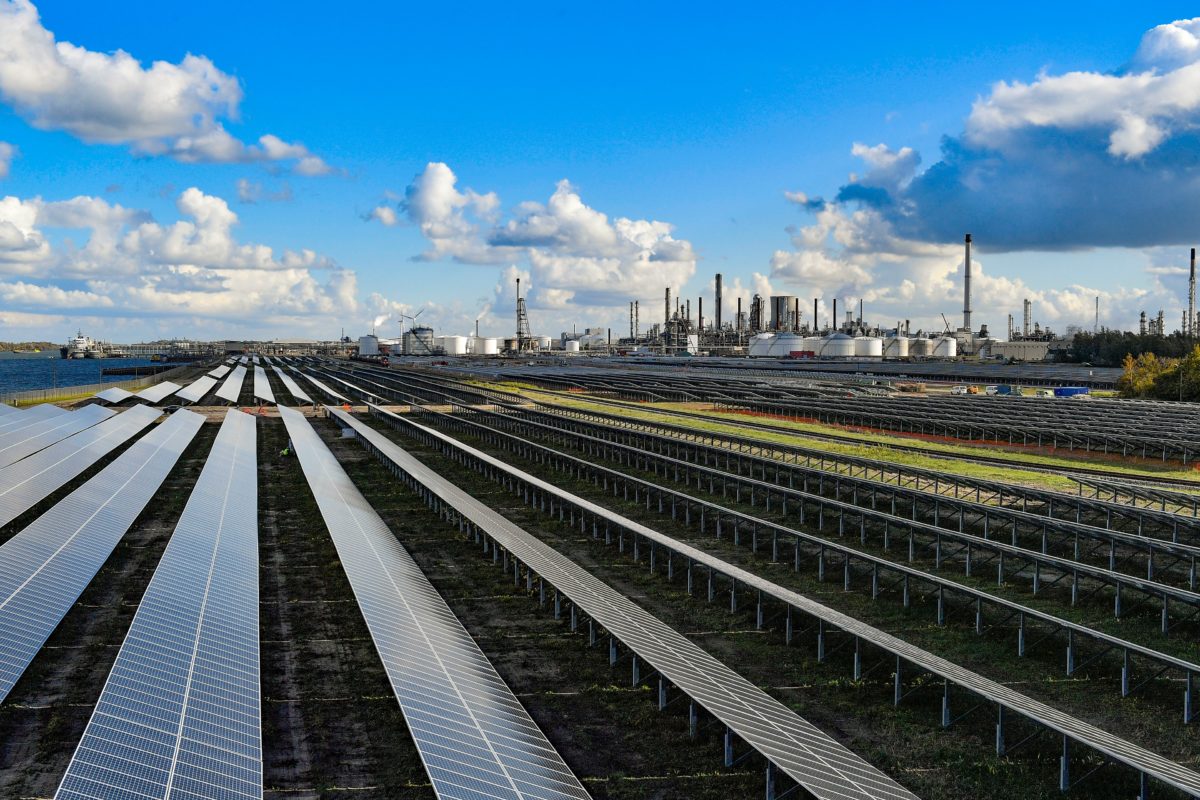The parliament of the Netherlands has approved the “Faber” motion – named after MP Carla Dik-Faber – submitted by the coalition government to restrict the development of ground mounted solar parks on agricultural land.
However, lawmakers toned down some suggestions from the four governing parties, which solar trade body Holland Solar said would have jeopardized construction of 3-4 GW of projects that are under development.
Solar analyst Peter Segaar said the new provisions are much less threatening for projects deep into the planning and approval process. “The biggest threat of the original motion was that all ground mounted solar plans had to be frozen and no new projects could be allowed under the upcoming SDE rounds,” he told pv magazine, referring to the country’s SDE+ incentive program.
Such projects would have been halted, according to the original motion, until “RES plans” were clarified and “formalized”. “That could have taken at least another year, so that at least three SDE regimes could not take up new proposals any more for ground mounted solar,” Segaar said. “Totally unacceptable and, historically, very foolish of any government in the Hague. That has been reprimanded over and over again in the past, that they changed the rules of the game each time, continuously causing unrest in the community and scaring potential investors away.”
New selection scheme
The amended provisions establish projects for large scale solar plants must be selected and approved according to the “Zonneladder”, a preference scheme usually adopted by local bodies which is still not a formalized element of law. The ladder places solar rooftop locations on the top rung as highest preference and ground mounted projects at the bottom. The scheme introduces a hierarchy to assess the suitability of locations and establishes large solar parks can only be established when no alternatives from a higher rung of the ladder are viable.
That effectively means, said Segaar, the scheme introduces no real limits to solar park development.
Popular content
“It is very hard to get so many rooftops together – and all owned by different parties – to get the same impact as only one ‘moderate’ solar park,” he said. “It is a political instrument to slow down the fast rate in which solar parks are planned and implemented nowadays, possibly fed by lobby organizations that are far from amused by these developments. They will, of course, falter in the end. Because they have no alternatives on offer that work and that can be built rapidly.”
Debunking the myth of agricultural erosion
In an effort to fight the widespread belief solar energy development significantly erodes the availability of agricultural land, Holland Solar last May presented data based on scientific research conducted by the Energy Research Center of the Netherlands (ECN), Utrecht University and TKI Urban Energy, that show the occupation of farmland by solar will be limited to a minimal percentage of available farming sites.
According to the figures, to achieve the nation’s 6 GW by 2030 solar generation capacity target, only 35 km² of the Netherlands’ 20,350 km² of available agricultural land would be be required – 0.17%. That percentage would rise to 0.5% if the country reached 16 GW of installed PV capacity by 2050, as forecast by the institutions that carried out the study.
In late April, Segaar revealed total PV capacity allocated under the SDE+ program for large scale solar and renewables added up to a staggering 10.5 GW, of which 2.95 GW was assigned in the latest round alone. The Netherlands is expected to reach 6 GW of installed solar capacity next year, and 20 GW by 2035, according to a recent report by the ECN.
As reported by pv magazine yesterday, the Netherlands in the first quarter overtook India to become the second largest export market for Chinese solar panels, behind only the PV boom nation of Vietnam.
This content is protected by copyright and may not be reused. If you want to cooperate with us and would like to reuse some of our content, please contact: editors@pv-magazine.com.



By submitting this form you agree to pv magazine using your data for the purposes of publishing your comment.
Your personal data will only be disclosed or otherwise transmitted to third parties for the purposes of spam filtering or if this is necessary for technical maintenance of the website. Any other transfer to third parties will not take place unless this is justified on the basis of applicable data protection regulations or if pv magazine is legally obliged to do so.
You may revoke this consent at any time with effect for the future, in which case your personal data will be deleted immediately. Otherwise, your data will be deleted if pv magazine has processed your request or the purpose of data storage is fulfilled.
Further information on data privacy can be found in our Data Protection Policy.